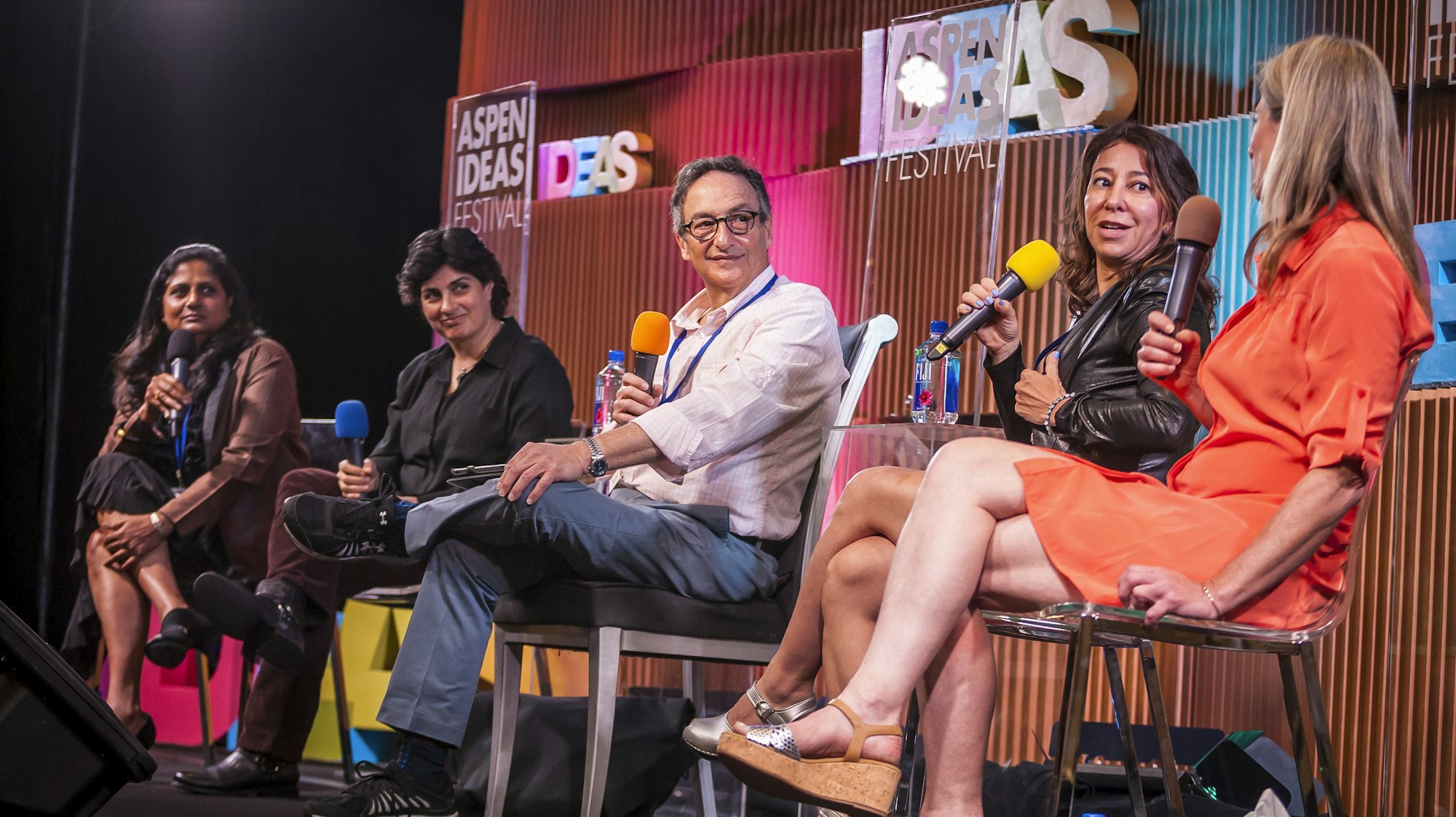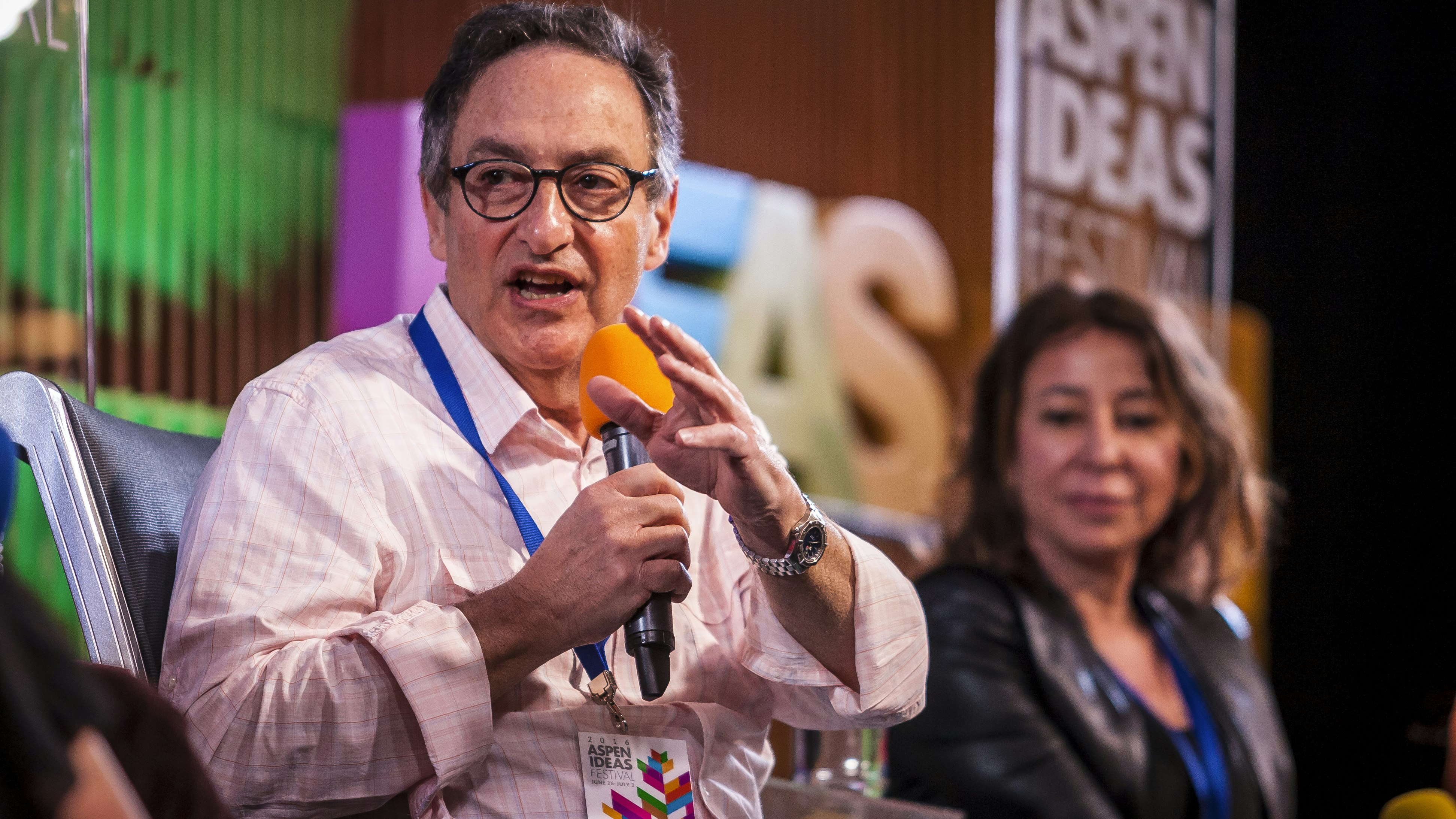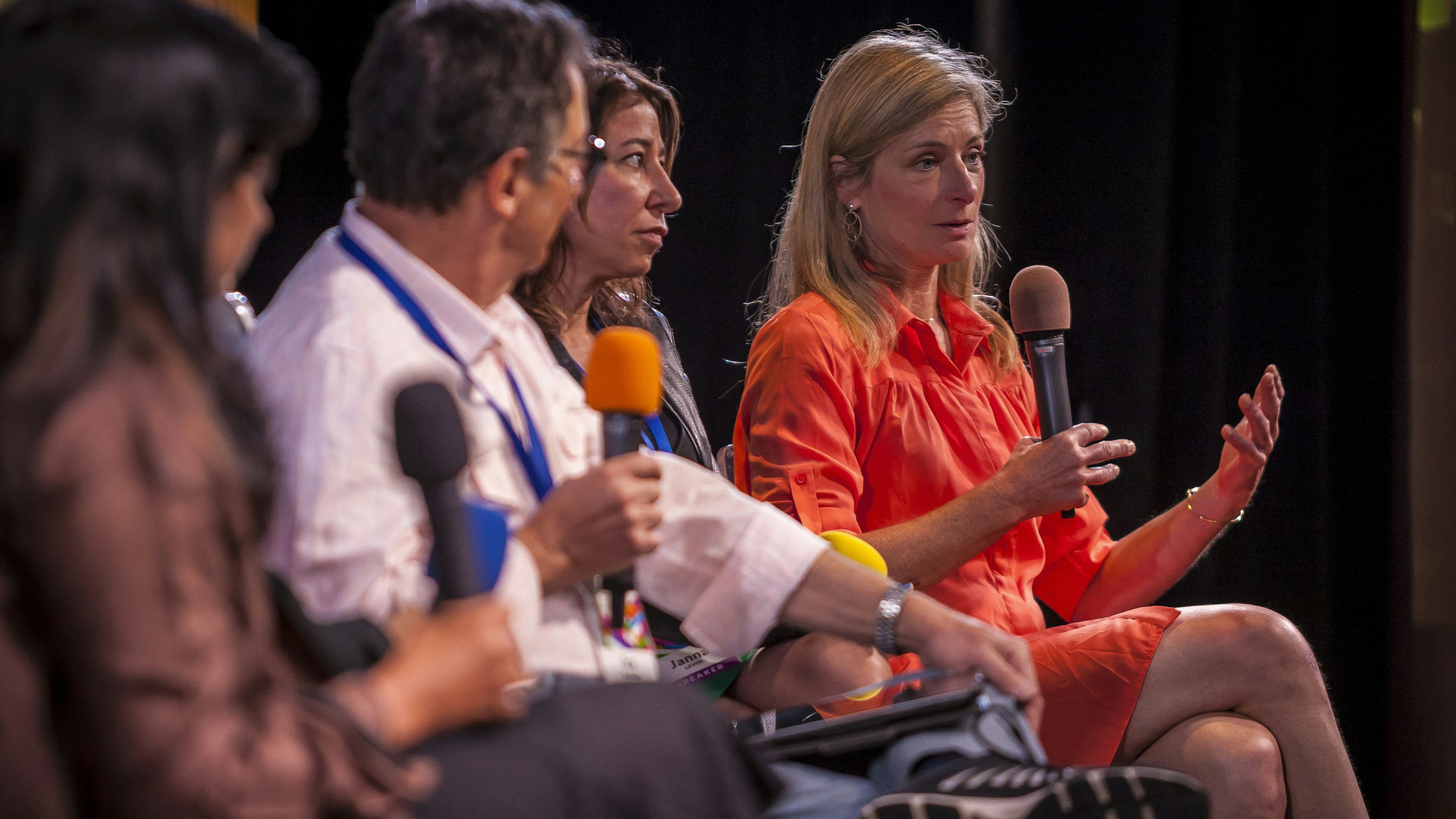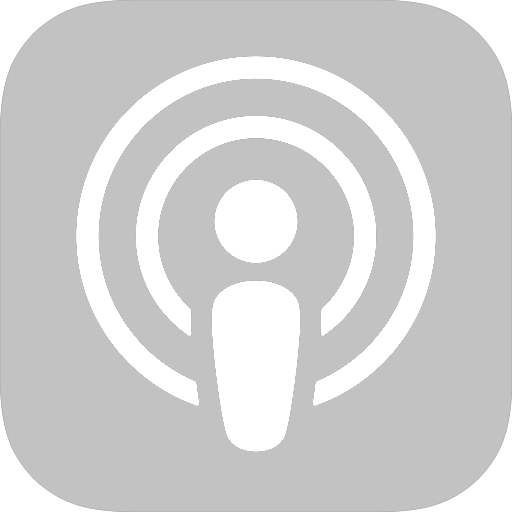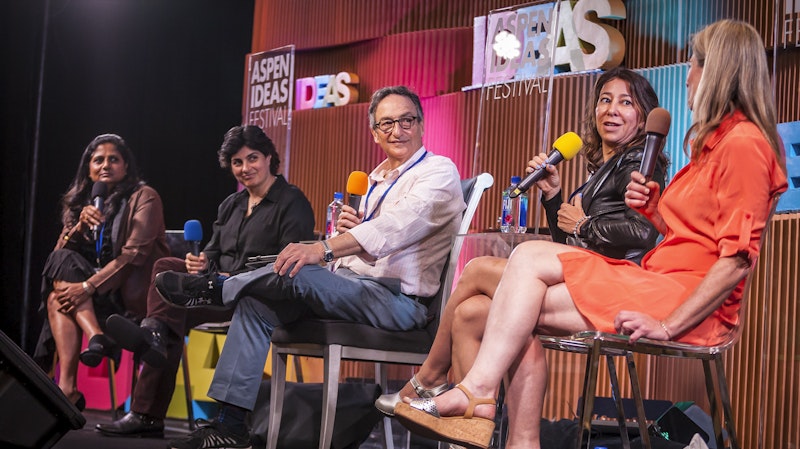
Space Time Ripples and Einstein's Legacy
Setup
Headline news was made in 2016 when the detection of gravitational waves, caused by the collision of two black holes, was confirmed by the Laser Interferometer Gravitational-Wave Observatory (LIGO). And earlier this month, another ripple was detected! The observed ripples in the fabric of space-time validate a key prediction in Albert Einstein's theory of general relativity. One hundred years old, the theory continues to astonish scientists with how correct it is. LIGO’s discovery signals a new era of astronomy and a new way of understanding the warped side of the universe.
Speakers
-
 Janna LevinPhysicist and astronomer
Janna LevinPhysicist and astronomer -
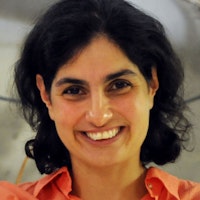 Nergis MavalvalaCurtis and Kathleen Marble Professor of Astrophysics and Associate Dep...
Nergis MavalvalaCurtis and Kathleen Marble Professor of Astrophysics and Associate Dep... -
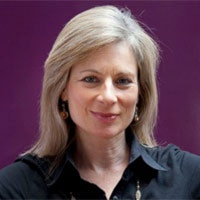 Lisa RandallProfessor of Physics, Harvard University; Author, Dark Matter and the...
Lisa RandallProfessor of Physics, Harvard University; Author, Dark Matter and the... -
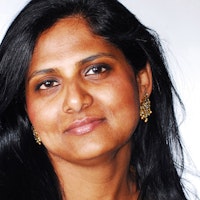 Priyamvada NatarajanProfessor, Astronomy and Physics Departments, Yale University
Priyamvada NatarajanProfessor, Astronomy and Physics Departments, Yale University -
 Ira FlatowHost and Executive Producer, "Science Friday," PRI
Ira FlatowHost and Executive Producer, "Science Friday," PRI
- 2016 Festival
- Science
Gravitational Waves 101
Albert Einstein famously predicted the existence of gravitational waves in 1916 based on his theory of relativity, and since then many not steeped in theoretical physics have struggled to understand even the basics of his theory. Watch as physicists Nergis Mavalvala, Janna Levin, and Lisa Randall team up to explain the concept of gravitational waves for a lay audience:
LIGO proved what Einstein could only calculate
Although Einstein’s calculations told him that gravitational waves must exist in theory, he had no way of actually proving his own calculations were correct. Scientists have doggedly tried to find proof ever since, without success — that is, until LIGO. Standing for the Laser Interferometer Gravitational-Wave Observatory, LIGO allowed scientists to collect the proof that had eluded them for nearly a century.
How Does it work?
These aren’t gravitational fluctuations from our cosmic neighborhood, though. When two black holes 30 times more massive than our own collide millions of lightyears away, the change that LIGO measures on Earth is smaller than the width of proton.
The success of LIGO is a case study in perseverance
History has relatively few examples of decades-long projects ending in success, and LIGO stands out as an instance where over 50 years of research, funding battles, and technological limitations resulted in an unequivocal triumph.
Big IdeaThere is this sense that this obscure experiment that nobody had ever heard came out of the blue, turned on, and succeeded. It was actually a 50-year campaign. It was a really arduous campaign. There were a lot of battles along the way, and I liken it to a climbing Mount Everest story where not everyone makes it to the top.Janna Levin
Not only were physicists fighting for funding and resources, but they were also tirelessly working out any and all wrinkles in the theoretical calculations. The ability of scientists today to breathlessly interpret the highly complex data sets that LIGO produces rests in no small part on scientists who laid the theoretical groundwork decades before.
If LIGO is is a dream fulfilled, what does the future hold?
If two LIGO facilities can produce such extraordinary results, what could a network of LIGO facilities accomplish? And what would be the benefit of a LIGO setup floating through space? These are projects that are in the works — watch as Priyamvada Natarajan and Lisa Randall talk through implications of these innovations:
Learn More
Additional Information
Resources
Explore More
Science

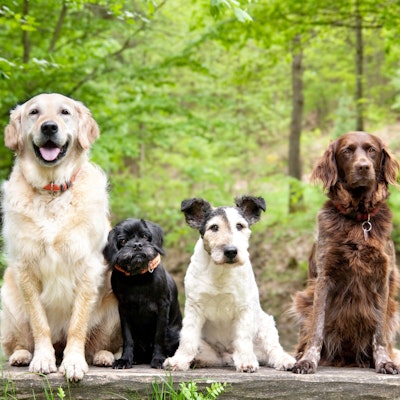
Research on aging and extending life and healthspan has ventured beyond humans to our best animal friends – dogs. In less than a year, dog owners may be able to buy a drug tha...
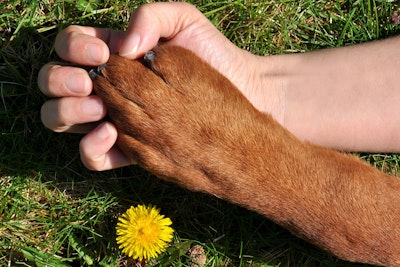
The recognition that all things are connected is at once a scientific principle and a philosophical touchstone. Humans, animals, and the environment are intertwined in complex...

For as long as humans have looked at the skies, we’ve speculated about whether there is life in space. Scientists, the U.S. military and the CIA have all searched for proof of...

It sounds like sci-fi: Scientists are beaming solar energy from space, subbing seaweed for plastic and brightening clouds to reflect sunlight to lower temperatures in a warmin...
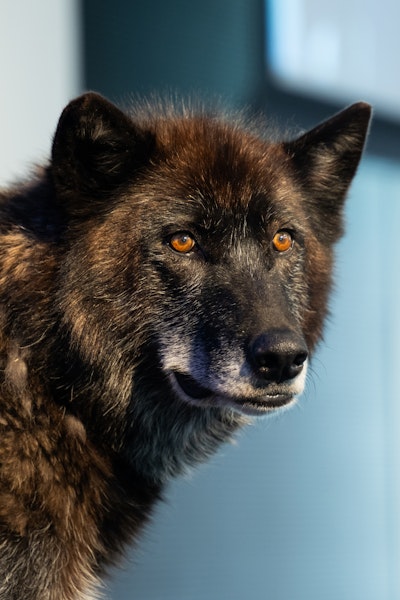
*No food or service animals allowed in this session.* The creator of Fat Bear Week in Alaska gives insight on the importance of wildlife education, and then ecologists unpack...
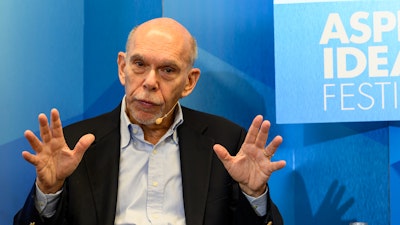
Brain-computer interfaces show potential to restore function to people impacted by incurable neurological conditions such as stroke, spinal cord injury, traumatic brain injury...

Scientists are developing life-extending drugs for dogs, and new advancements could bring them to market by 2025. Two leaders working to slow the aging process for Fido discus...

Few people are more deeply steeped in science than Francis Collins, former director of the National Institutes of Health and the groundbreaking Human Genome Project, and forme...

Part 1. Contrary to Popular Opinion — Bill Maher in Real Time: The iconoclastic host of HBO’s “Real Time with Bill Maher” sits down with Tina Brown to talk about calling out...
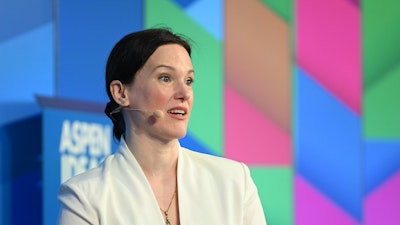
The hormonal changes and hot flashes that accompany menopause are familiar to most women, but the accompanying brain changes have not received as much attention. We now know t...

The idea of gathering DNA samples into a vast database in order to identify disease risks and breakthrough therapies was once a distant dream. Not long ago, immunotherapy seem...

From in vitro fertilization (IVF), which combines human eggs and sperm outside the body, to in vitro gametogenesis (IVG), which uses stem cells to create gametes, pregnancy is...
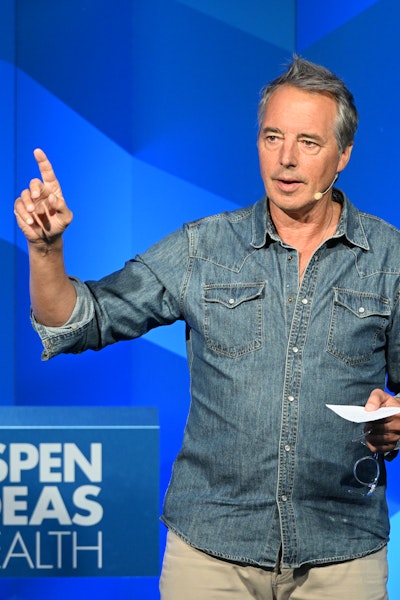
The communities we call home and the ways we live greatly influence health and longevity. By studying “Blue Zones” around the globe, Dan Buettner has uncovered the macro-level...
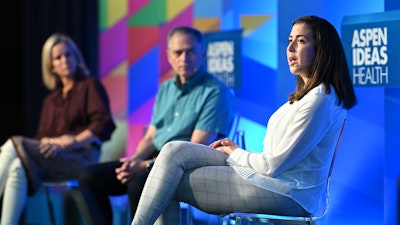
The first drug in a class known as GLP-1 agonists was approved in 2005 to treat diabetes. GLP-1 drugs subsequently proved their mettle to treat obesity and prevent major cardi...
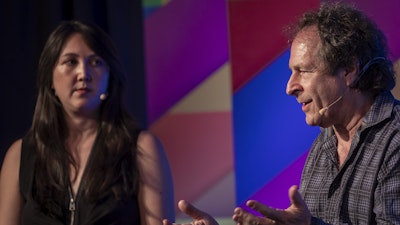
Scientific investigation is laser focused on psychedelics to treat post-traumatic stress disorder (PTSD), ease end-of-life anxiety, and address mental health challenges, inclu...

Artificial intelligence is generating enormous excitement for its potential to predict health risks, speed diagnoses, and guide medical decision making. At the same time, the...

The health benefits of a nutritious diet are well-established, but just telling people to eat more plant-based foods and less unhealthy fat isn’t enough to reduce the toll of...

Managing disease is getting personal. With the genomic revolution upon us, we now understand that many diseases don't always follow the same predictable course and personalize...

To secure equitable global health and security, the world needs its own immune system. That’s the message from surgeon and author Atul Gawande, who leads global health assista...

Scientists are deeply engaged in efforts to slow aging and eliminate age-related diseases by editing genes, reprogramming cells, and developing novel molecular therapeutics. A...


